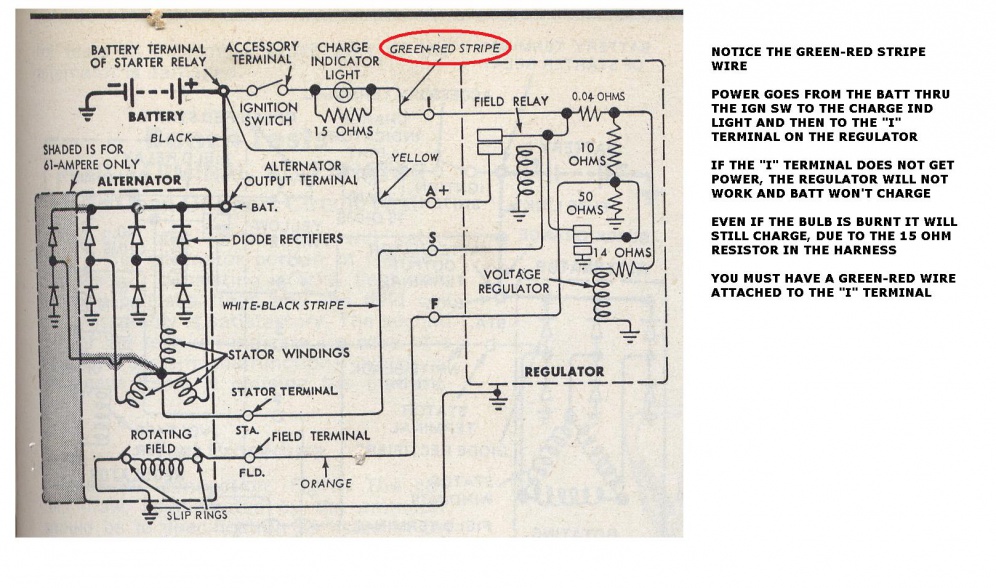Alex Morris
Filing Flight Plan
So here's how I missed a flying lesson on a perfect day to fly and then was nearly kicked out of a machine shop due to a low voltage light. Cranked up my Cessna 172M. The Alternator is a Ford. I believe it's as old as the early 90s. In around 2006 these were changed per my logbook: the overvoltage sensor, starter contactor, battery contactor, overvoltage capacitor, filter, master switch, & voltage regulator. SO.. yesterday instead of flying, I removed the alternator and brought it a local auto/machine shop simply to have it tested. It tested 'working but your stator port isn't putting out any voltage' to which the guy (who has pretty extensive experience) points to a terminal on the alternator... When I dismantled the alternator, NOTHING was connected to this port with a 'STA' stamp on the alternator. I returned later after bringing him my voltage regulator. He took a quick look and said 'yep, it's got a prong for the stator, you need to have your stator port on the alternator connected.' I made yet another mention that nothing was connected to that port on the alternator. His next words were "I've been doing this sh*t for 50 years and if you don't believe me then you'll just have to take this somewhere else." Well after settling the old man down, he did persist to ensure that something must be connected to that STA port.
Anyway, since 1973, this plane seemed to have operated without the STA port on the Ford 'tractor alternator' so something is different. Could my voltage regulator be out again? I'm about 99% sure it's the old style (not the solid state one that Zeftronics makes). Does anyone have experience with a simple swap from the old "analog" ACU to the Zeftronics? PS, he never did attempt to test the ACU "voltage regulator" with my alternator. Also as far as I could tell, all connections/terminals on the Alt/batt/ACU were good and clean. Also, PS while the low voltage light was on after cranking, we did confirm on the ammeter that there was a draw on the battery instead of a small charge during normal op. Thanks in advance.
Anyway, since 1973, this plane seemed to have operated without the STA port on the Ford 'tractor alternator' so something is different. Could my voltage regulator be out again? I'm about 99% sure it's the old style (not the solid state one that Zeftronics makes). Does anyone have experience with a simple swap from the old "analog" ACU to the Zeftronics? PS, he never did attempt to test the ACU "voltage regulator" with my alternator. Also as far as I could tell, all connections/terminals on the Alt/batt/ACU were good and clean. Also, PS while the low voltage light was on after cranking, we did confirm on the ammeter that there was a draw on the battery instead of a small charge during normal op. Thanks in advance.


